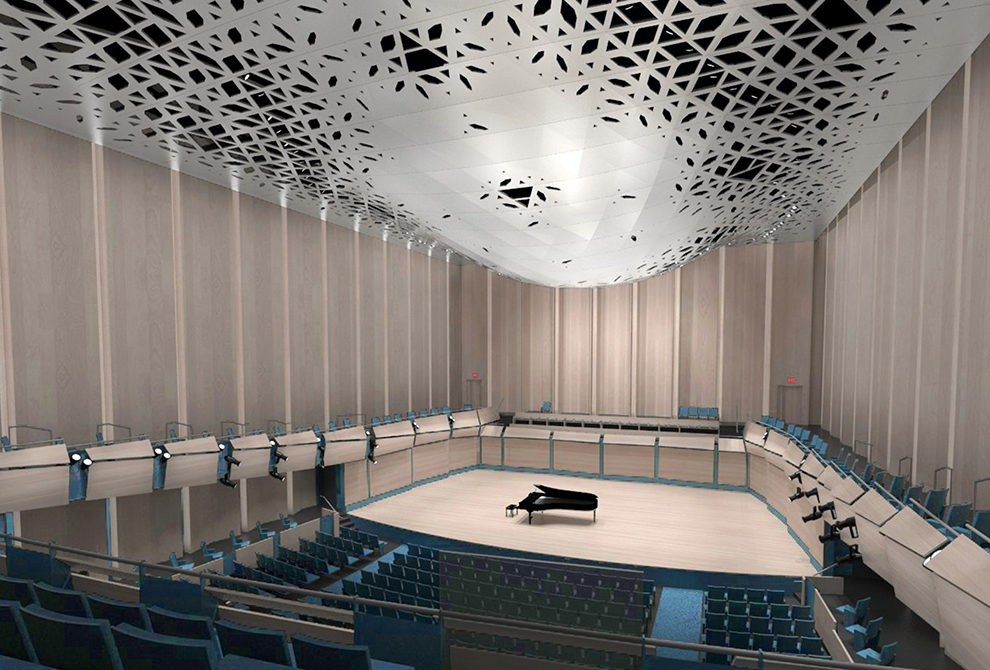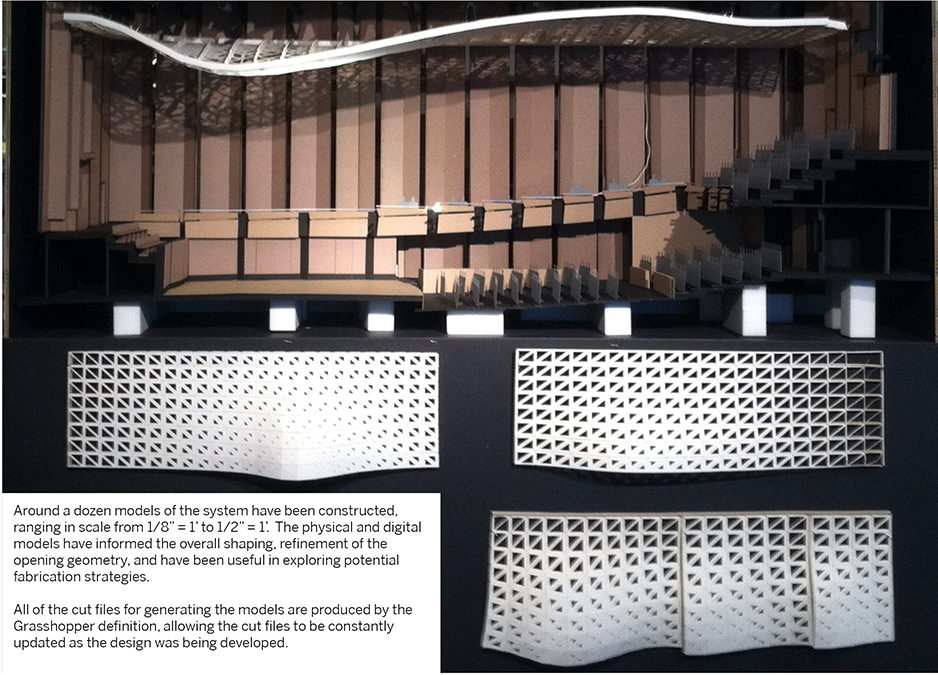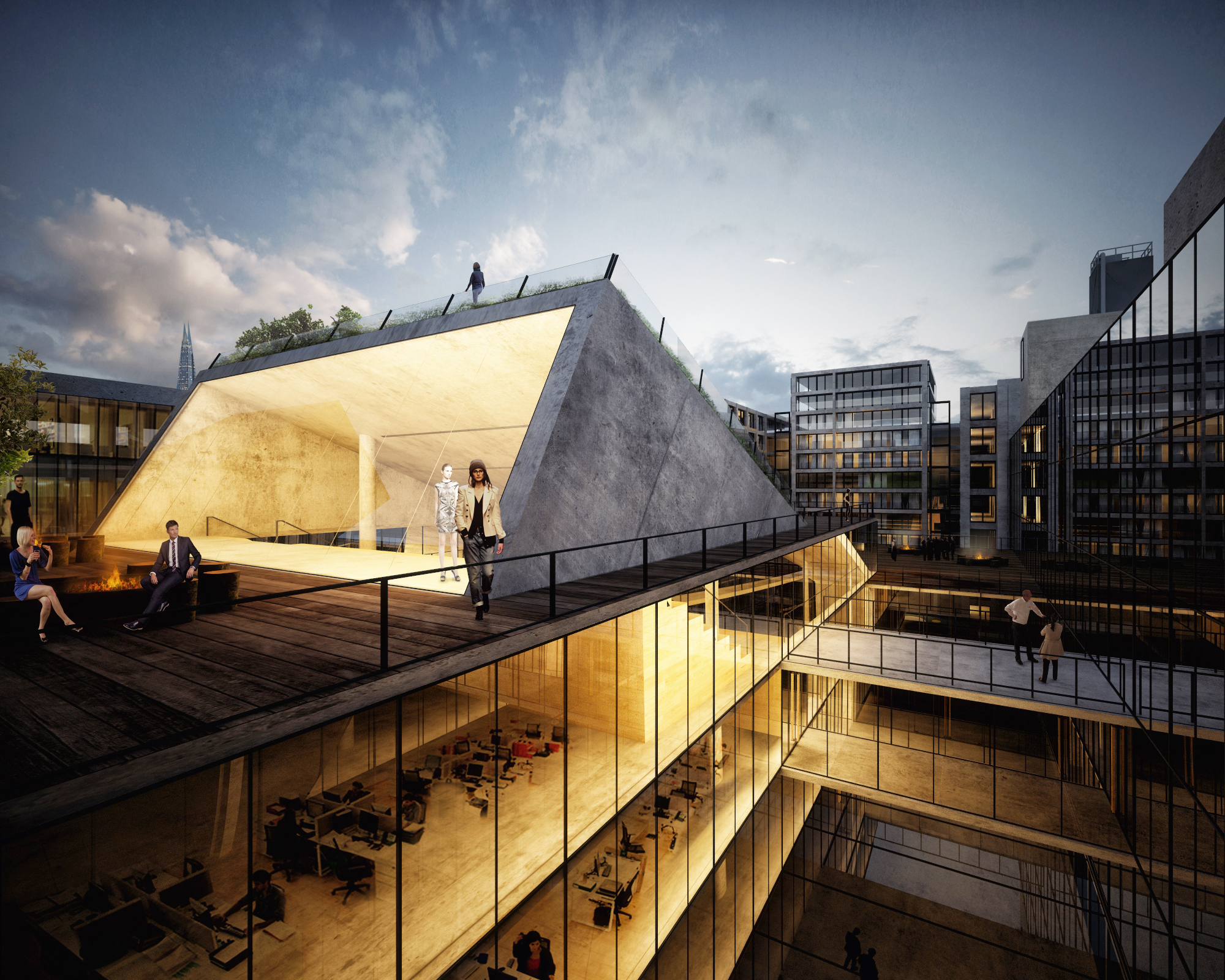The latest edition of “Architizer: The World’s Best Architecture” — a stunning, hardbound book celebrating the most inspiring contemporary architecture from around the globe — is now available. Order your copy today.
Models and renders are one of the most important components of a design package. The way a project is represented can be a big deciding factor while choosing which design wins a competition or a contract. Moreover, the act of visualization itself is also an important part of the development process for architectural ideas. Indeed, visualizing conceptual projects allows some studios to express revolutionary ideas for city planning, residential design and cultural hubs.
Architecture visualization has come a long way from rudimentary SketchUp models and handcrafted physical models. Computational design and 3D printing have made it possible for architects to create previously unimaginable forms, challenging the long-standing ideas of what various typologies should look like. Photorealistic renders also help imagine the true nature of spaces.
Enter the 10th Annual A+Awards
At Architizer, we celebrate architecture as a process, rather than a product. Over the past decade, we have been acknowledging unbuilt designs for their ingenuity and risk-taking efforts with A+Awards categories like Architecture +Models & Rendering. We’ve rounded up the best of these award-winning projects, allowing you to discover how much the field has changed over the past decade.
2012-13: University of Iowa School of Music: Suspended Theatroacoustic System
LMN Architects | Iowa City, Iowa
Popular Choice and Jury Winner, 2013 A+Awards, Architecture +Modeling


It is exciting to see how far architecture visualization has evolved in just a few years. Parametric design and hyperrealistic renders might seem like a norm now, but they were still not as advanced in 2013, as is seen in the overall shapes of the forms, which are angular and geometric rather than fluid. This design takes a very advanced approach to assessing complex problems and providing highly functional solutions.
2015: The Strand
Raad Studio | London, United Kingdom
Popular Choice, 2015 A+Awards, Architecture +Rendering
While we can see a lot more lifelike material rendering, one can still easily tell that this is a computer-generated image. But that does not take away from the nearly tangible effect of the spaces in the pictures. This structure unifies a contemporary design language with robust tones and textures that celebrate its original identity.
2016: Sanguine Lily, 1916 Centenary Chapel at Glasnevin Cemetery
Form4 Architecture | Dublin, Ireland
Jury Winner, 2016 A+Awards, Architecture +Rendering
Over the years, we have seen the increasing use of large, column-free domes or organic forms made possible by advanced engineering and material technologies. Santiago Calatrava’s work is a great example of this style. This particular design is a very unique take on a traditional chapel. Its overall geometry is more likely to be associated with a corporate entity or a museum space than a cemetery chapel. The tones used in the renders also reflect the architectural atmosphere — one based around a melancholy experience that is rooted in the past. The chapel is meant to be a relatively quiet place meant for introspection.
2017: Peckham Hospice Care Home
Jerome Ng | London, United Kingdom
Jury Winner, 2017 A+Awards, Architecture +Models & Rendering
End-of-life care is a difficult subject to approach, but it is slowly becoming an important conversation — especially over the last couple of years. Unfortunately, there isn’t much awareness regarding palliative care in design education. Architects and designers have the ability to make a huge impact on patients with limited life spans by developing spaces that are not only functional but also add value to their lives. This design represents an exemplary step in that direction.
2018: Champ du Chateau, Geneva
Brick Visual | Communicating Architecture | Geneva, Switzerland
Popular Choice and Jury Winner, 2018 A+Awards, Plus – Architecture +Models & Rendering
One can see the gradual evolution of forms in commercial or public spaces. Lineal walls, box-like forms and conventional construction materials are being pushed aside in favor of glass facades and curvilinear designs. This design has a sculptural and fluid quality to it and it pushes the boundaries of structural engineering.
2019: The Farmhouse
Rendered by VIRGINLEMON, designed by Precht
Jury Winner, 2019 A+Awards, Plus – Architecture +Models & Rendering
Rendered in stunning detail by VIRGINLEMON, Precht’s Farmhouse tower is a real urban farm, developed on a modular building system that allows people to design their own place, grow and share their own food. In the words of Precht, this new type of high rise is designed to be “everything you dream about when you live in a big city with a baby Cactus at your window, trying to remember the real taste of a juicy tomato!”
VIRGINLEMON created these atmospheric images using 3ds Max and Corona, casting the building in a golden light and filling it with a verdant array of herbs, plants, fruits and vegetables. The conceptual project encourages us to rethink architectural typologies, imagining a future in which urban and rural buildings might merge to provide us with the best of both worlds in our increasingly dense metropolises.
2020: 8850 Sunset Boulevard
Kilograph | Los Angeles, California
Popular Choice and Jury Winner, 2020 A+Awards, Plus – Architecture +Models & Rendering
Like the award-winning designs in the previous years, expansive panels of glass and striking white lines dominate this design. One can also see the evolution of abstract forms and complex structural framework. There is also a focus on incorporating nature within the design by adding vegetation on vertical surfaces.
2021: Powered by Ulsteinvik
Kaleidoscope | Ulsteinvik, Norway
Jury Winner, 2021 A+Awards, Plus – Architecture +Models & Rendering
Images by KVANT-1 and Kaleidoscope
A strong example of sustainable design, this solar-powered mixed-use complex features housing, an innovation hub, recreational spaces and a garden. The studio uses photovoltaic ‘SmartPERGOLA’ modules in meeting places and photovoltaic panels in its SmartHUB to generate energy. The housing complex, also known as GrowHOUSE, features a system to harvest rainwater.
This structure represents the shift towards green architecture. Buildings of the future will not only have to consume energy efficiently but also find ways to create a self-sustaining ecosystem. Modular construction, such as the prefabricated CLT blocks proposed in this design, also makes projects more sustainable, less harmful to the environment and quicker to execute.
